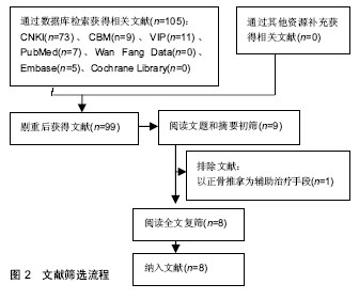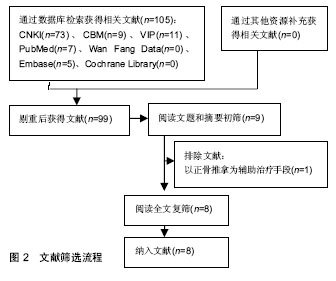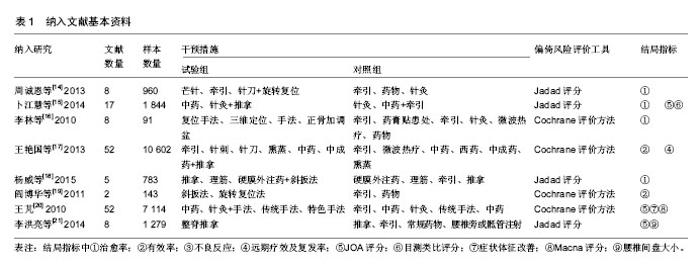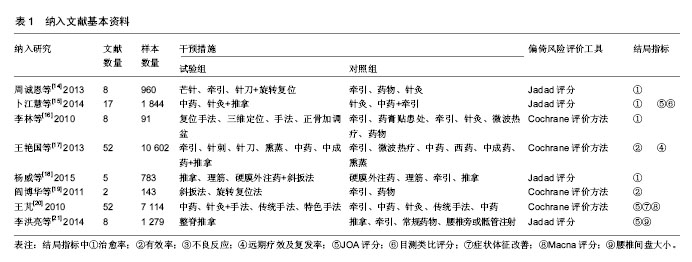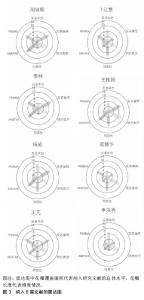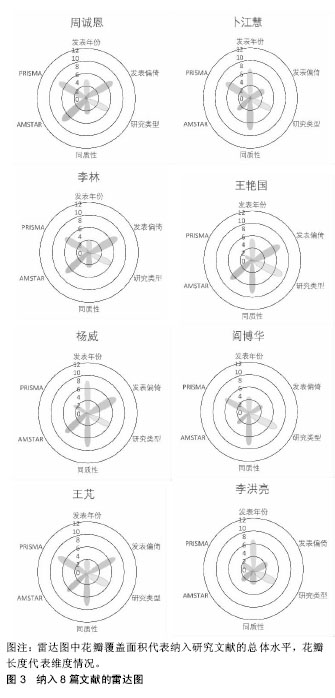| [1] Vialle LR, Vialle EN, Suárez Henao JE,et al. Lumbar disc herniation. Rev Bras Ortop. 2015;45(1):17-22.[2] Manchikanti L, Singh V, Falco FJ, et al. Epidemiology of low back pain in adults. Neuromodulation. 2014;17 Suppl 2:3-10. [3] Hoy D, Bain C, Williams G, et al. A systematic review of the global prevalence of low back pain. Arthritis Rheum. 2012;64(6): 2028-2037. [4] Wang K, Hong X, Zhou By, et al. Evaluation of transforaminal endoscopic lumbar discectomy in the treatment of lumbar disc herniation.Int Orthop. 2015;39(8):1599-1604.[5] Ren L, Guo H, Zhang T, et al. Efficacy evaluation of percutaneous laser disc decompression in the treatment of lumbar disc herniation.Photomed Laser Surg. 2013;31(4):174-178.[6] Pan Z, Ha Y, Yi S. Efficacy of transforaminal endoscopic spine system (TESSYS) technique in treating lumbar disc herniation. Med Sci Monitor. 2016;22:530-539.[7] Kreiner DS, Hwang SW, Easa JE, et al. An evidence-based clinical guideline for the diagnosis and treatment of lumbar disc herniation with radiculopathy. Spine J. 2014;14(1):180-191.[8] 中华中医药学会.中医内科常见病诊疗指南(中医病证部分)[M].北京:中国中医药出版社, 2008:132-135.[9] 赵毅,季远.推拿手法学[M]. 北京:中国中医药出版社,2016:33-34.[10] Field T. Massage therapy research review. Complement Ther Clin. 2014;20(4). 224-229.[11] 董悦颖.Meta分析方法学质量与报告质量评价的主要问题[J].中国卫生统计,2017,34(6):1006-1008.[12] Faggion CM. Critical appraisal of AMSTAR: challenges, limitations, and potential solutions from the perspective of an assessor. BMC Med Res Methodol. 2015;15: 63.[13] Moher D, Shamseer L, Clarke M, et al. Preferred reporting items for systematic review and meta-analysis protocols (PRISMA-P) 2015 statement. Syst Rev. 2015,4: 1.[14] 周诚恩,陆延,黄云鸿,等.脊柱旋转复位手法治疗腰椎间盘突出症的系统评价[J].中国中医急症,2013,22(7):1132-1134+1139.[15] 卜江慧,孔令,郭朝卿,等.手法与牵引治疗腰椎间盘突出症的Meta分析[J].中国骨伤, 2014, 27(5):409-414. [16] 李林,詹红生,张明才,等.手法治疗腰椎间盘突出症临床随机对照试验系统评价[J].中国骨伤,2010,23(9):696-700.[17] 王艳国,郭秀琴,刘凯,等.推拿治疗腰椎间盘突出症随机对照试验的系统评价[J].中华中医药学刊, 2013, 31(8):1638-1642.[18] 杨威,周红海,潘法有.斜扳法治疗腰椎间盘突出症的Meta分析[J].广西医学,2015, 37(11):1543-1545.[19] 阎博华,丰芬,邵明义,等.中医正骨类手法治疗腰椎间盘突出症临床随机对照试验系统评价[J].中国中医骨伤科杂志, 2011, 19(9):21-23.[20] 王芃. 手法治疗腰椎间盘突出症--基于文献的疗效评价和临床试验研究[D].北京:中国中医科学院,2010.[21] 李洪亮,薛智慧,陈果,等.整脊推拿治疗腰椎间盘突出症的文献评价与Meta分析[C].//中华中医药学会第十五次中医推拿学术年会论文集.湖南中医药大学(湖南省中医药研究院),2014:14-17.[22] Tsutsumimoto T, Yui M, Uehara M, et al. A prospective study of the incidence and outcomes of incidental dural tears in microendoscopic lumbar decompressive surgery. Bone Joint J. 2014;96-B(5):641-645.[23] Oosterhuis T, van Tulder M, Peul W, et al. Effectiveness and cost-effectiveness of rehabilitation after lumbar disc surgery (REALISE): design of a randomized controlled trial. BMC Musculoskel Dis. 2013;14: 124.[24] Hahhe AJ, Ford JJ. Conservative management of lumbar disc herniation with associated radiculopathy: a systematic review. Spine. 2010; 35(11): E488-504.[25] Zhang Y, Tang S, Chen G. Chinese massage combined with core stability exercises for nonspecific low back pain: a randomized controlled trial. Complement Ther Med. 2015;23(1): 1-6.[26] Celenay ST, Kaya DO. Cervical and scapulothoracic stabilization exercises with and without connective tissue massage for chronic mechanical neck pain: A prospective, randomized controlled trial. Manual Ther. 2016;21: 144-150.[27] 周晟,胡佳卉,孟庆刚.雷达图在中医药领域的应用探索[J].北京中医药大学学报,2018,41(1):9-13.[28] Sharon S, David M. Registering systematic reviews. Can Med Assoc J. 2010;182:13-14.[29] de Vries RBM, Hooijmans CR, Langendam MW, et al. A protocol format for the preparation, registration and publication of systematic reviews of animal intervention studies. Evid Based Precl Med. 2015;2(1)1-9. |
